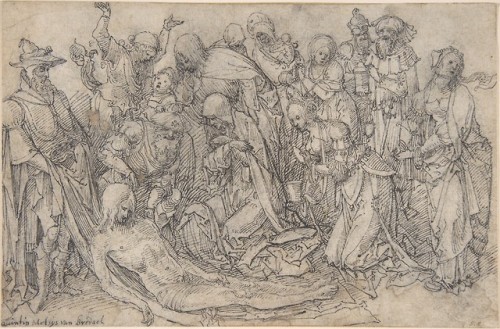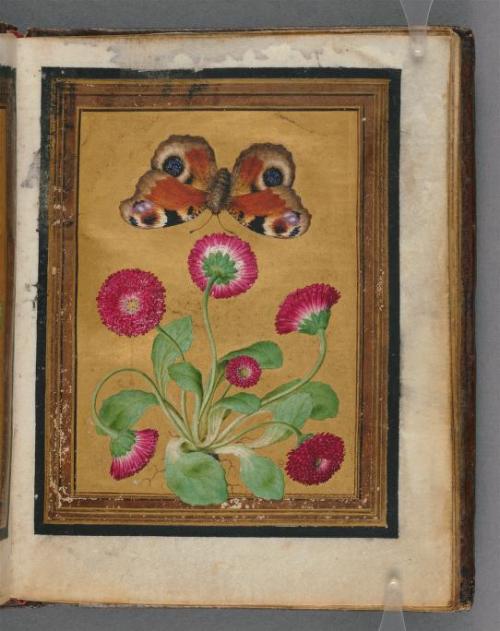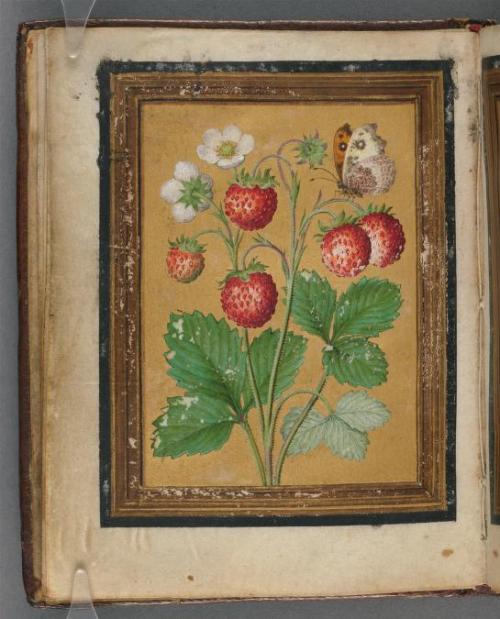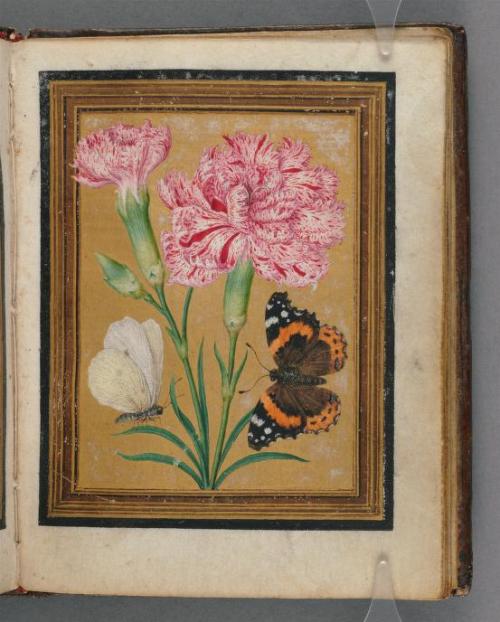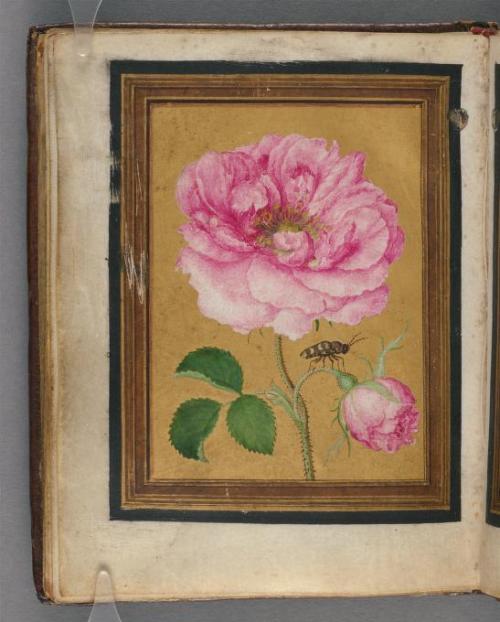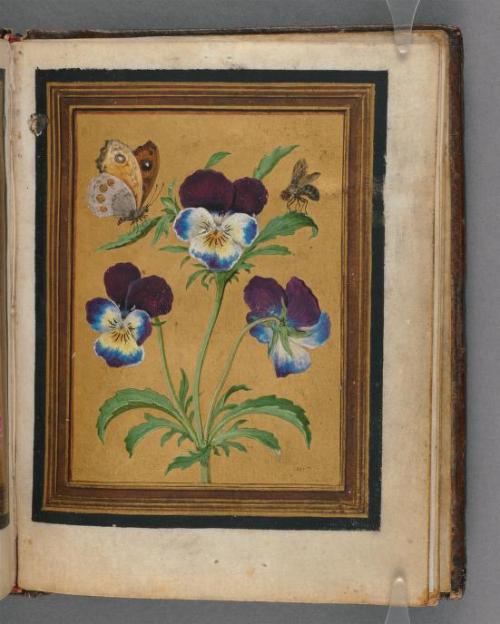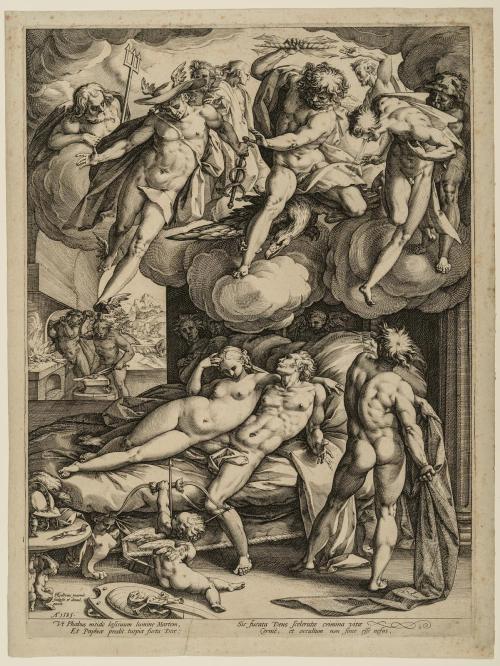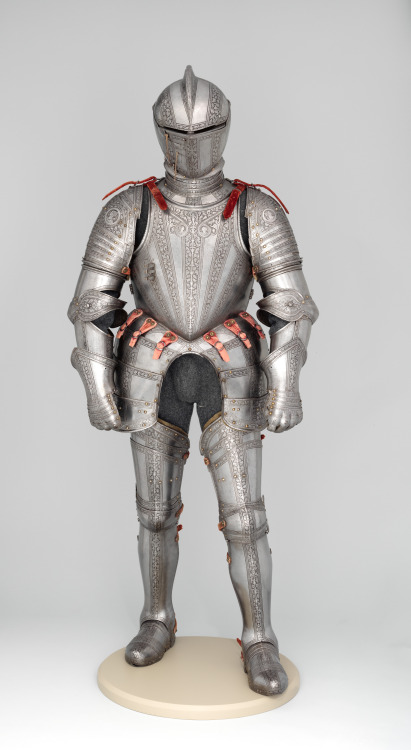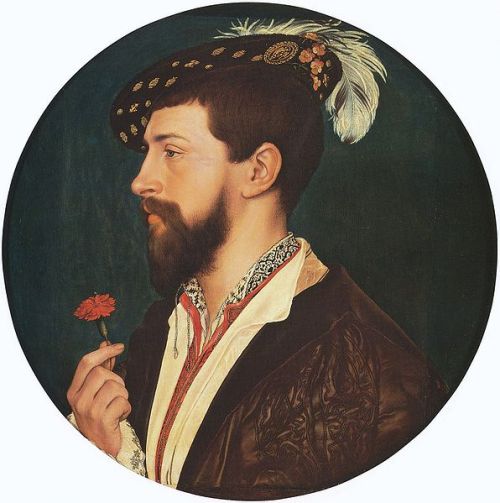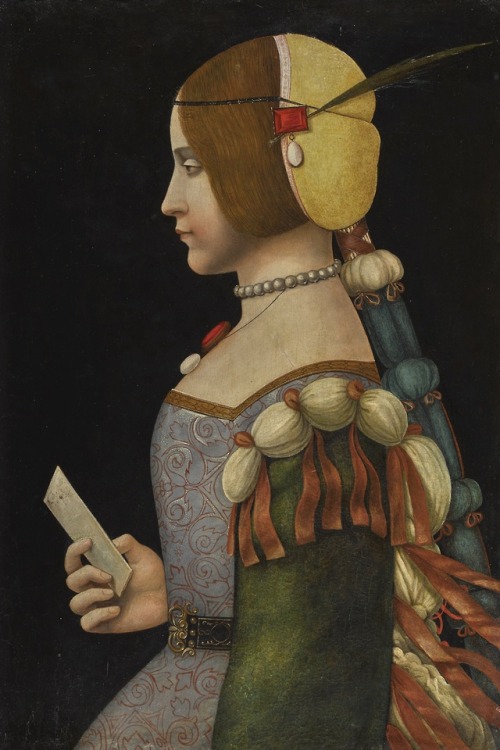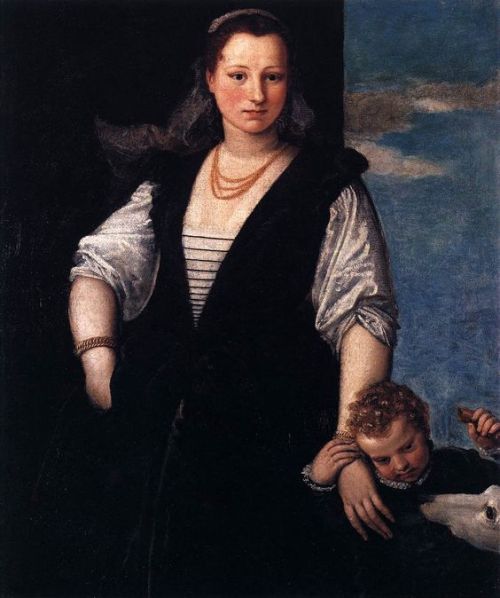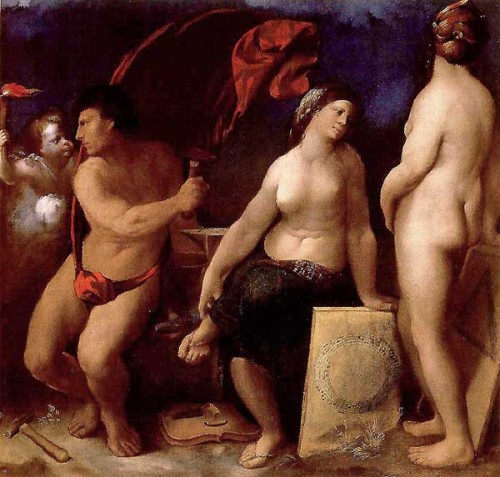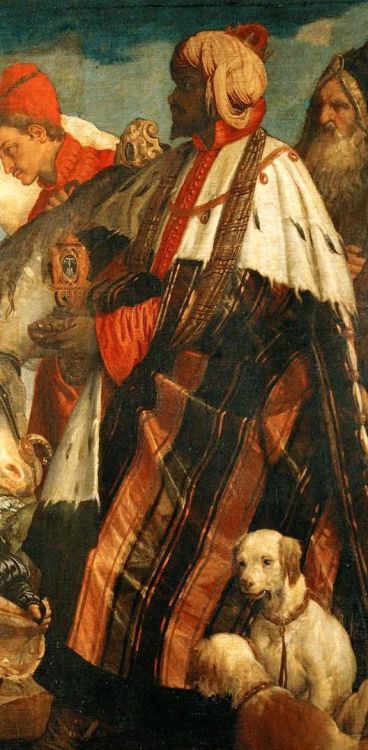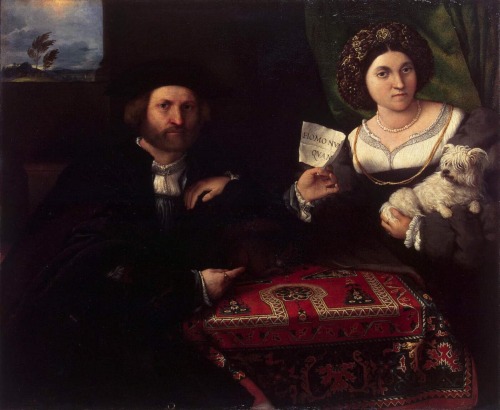#16th-century art
The Burial of Christ
Annibale Carracci (Italian; 1560–1609)
1595
Oil on copper
The Metropolitan Museum of Art, New York
Post link

Tethys. Goddess of the Waters, Hendrick Goltzius (Dutch, 1558-1617), ca. 1590
Chiaroscuro woodcut print on paper
Circle of Jan de Beer, The Lamentation, ca. 1505
Pen and ink drawing over chalk.
Image released into the public domain.
Post link

Allegory of Death and Fame, Agostino Musi, 1518
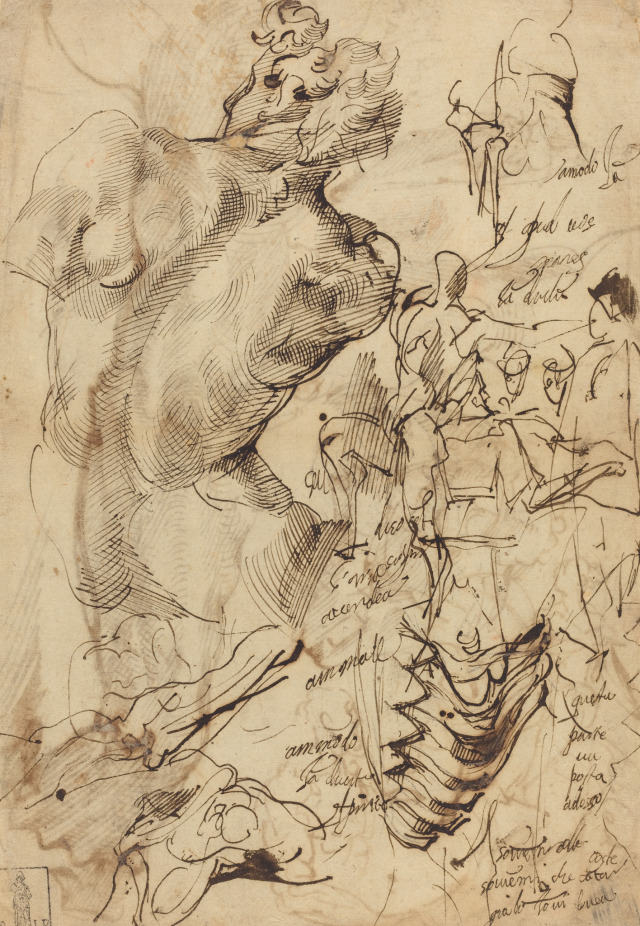
Studies of a Sculpture of a Male Nude, Vertebrae, and Gesturing Figures - Bartolomeo Passarotti (Italian, 1529-1592)

La Fortuna by Cristofano Allori 1577-1621
“Pity a mother, calmly and patiently listen to her pious prayers, and the higher the Gods have exalted thee, the more gently bear down upon the fallen. What is given to misery is a gift to Fortuna (Fortune) [i.e. the Goddess accepts generosity to the miserable as an offering, which she repays in the hour of need]. So may thy chaste wife’s couch see thee again; so may Laertes [your father] prolong his years till he welcome thee home once more; so may thy son succeed thee.”
-Tragedies of Seneca, Troades 695 ff
https://paganimagevault.blogspot.com/2020/06/la-fortuna-by-cristofano-allori-1577.html




Without Ceres and Bacchus, Venus would freeze by Hendrick Goltzius 1599-1603. Ink and oil on canvas, 105 x 80 cm. Museum of Art, Philadelphia.
“The Goltzius drawings that his contemporaries admired above all were his highly finished pen and inks drawings that simulate the swelling and tapering lines of engravings - they were called ‘penwerken’ (pen works). Dazzling examples of these virtuoso performances depicting Without Ceres and Bacchus, Venus would Freeze are at the British Museum, London, and the Hermitage, St. Petersburg). They illustrate the popular adage that without food (Ceres, the Roman god of agriculture) and wine (Bacchus), love (Venus) is left cold. Venus’s need for the assistance of food and drink for invigoration was one of Goltzius’s favourite themes, he represented the subject in various ways and media at least ten times. His most stunning illustration of the proverb is now at Philadelphia.
Drawn with elaborate pen lines in ink that give the effect of an engraving, half-nude Venus is seen close-up accompanied by an adoring young satyr bearing fruit and a smiling old one with his hands full of luscious grapes, obvious representatives of Ceres and Bacchus. Handsome Cupid who turns sympathetically to us, holds a large flaming torch that warms as well as illuminates the figures. Unlike most of Goltzius’s penworks which are done on paper or parchment, this one is on canvas with a grey-blue oil ground that is an integral part of the scene’s nocturnal effect. Unique is the conspicuous addition of flesh tones in brush and oils that are literally and figuratively warmed by the vivid red, orange, and yellow flames of Cupid’s torch, also done in oil paint. The mixed media makes the work hard to classify. Is it a pen work or a painting?”
-taken from wga.hu
https://paganimagevault.blogspot.com/2020/06/without-ceres-and-bacchus-venus-would.html
Paintings of flowers, butterflies and insects by Jacques Le Moyne de Morgues.
Between 1550 and 1570.
Dumbarton Oaks.
archive.org
Post link
Italian armor for the field and jousting. Maker unknown; ca. 1570. Now in the Metropolitan Museum of Art.
Post link
Hans Holbein the Younger, Portrait of Simon George of Cornwall, 1535-40 ca. (Staedel Museum - Frankfurt)
Post link
‘Portrait of Anne Stafford’ (circa 1535) by Ambrosius Benson (circa 1495 –1550).
Oil on canvas.
http://www.slam.org/ Saint Louis Art Museum official site
Wikimedia.
Post link

“Cain Killing Abel”, 1511, Albrecht Dürer.
Silk carpet, 16th-century, Iran, 241 x 178 cm, Met Museum, New York. Source
Great beasts and flowering plants make up the design of this rich Iranian rug, believed to have been created in the city of Kashan. Unlike other textiles, the central area of the composition is neither symmetrical nor does it feature any repeated patterns. The individual motifs used instead mean that the eye is constantly drawn to new areas of the design.
Post link
Isabella Guerrieri Gonzaga Canossa, by Paolo Veronese, 1547
Lady looks like she won’t put up with much…
Post link

Christ’s Descent into Limbo
Sebastiano del Piombo, 1516
Museo del Prado, Madrid
Art edit


